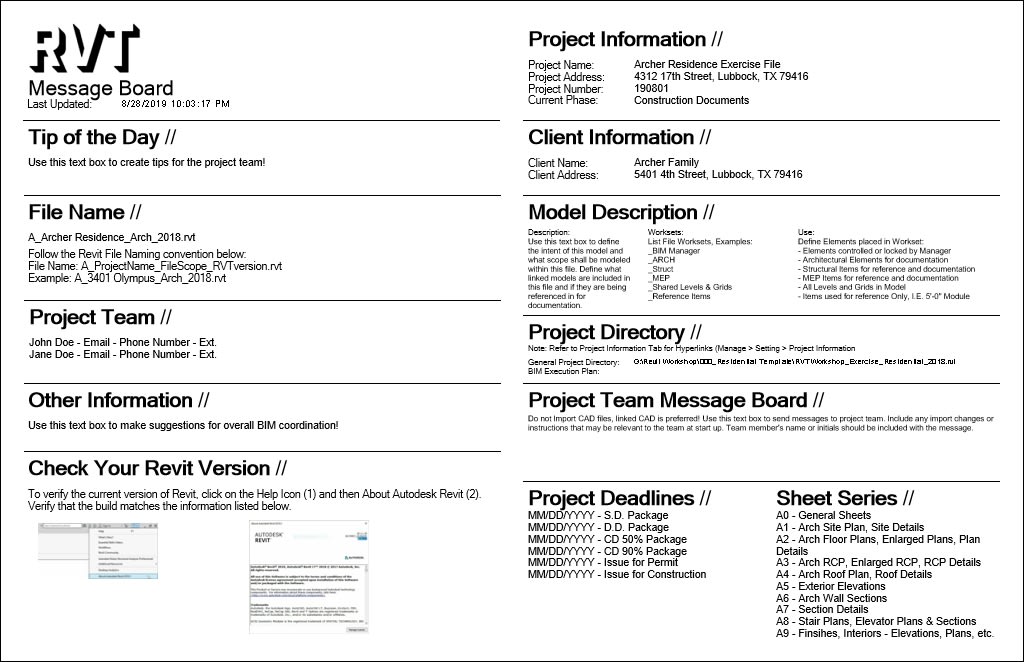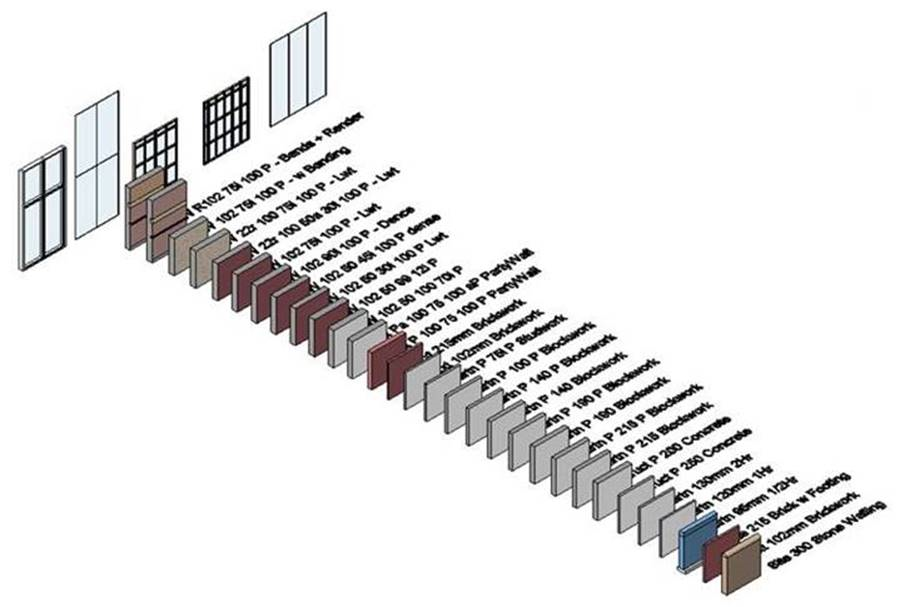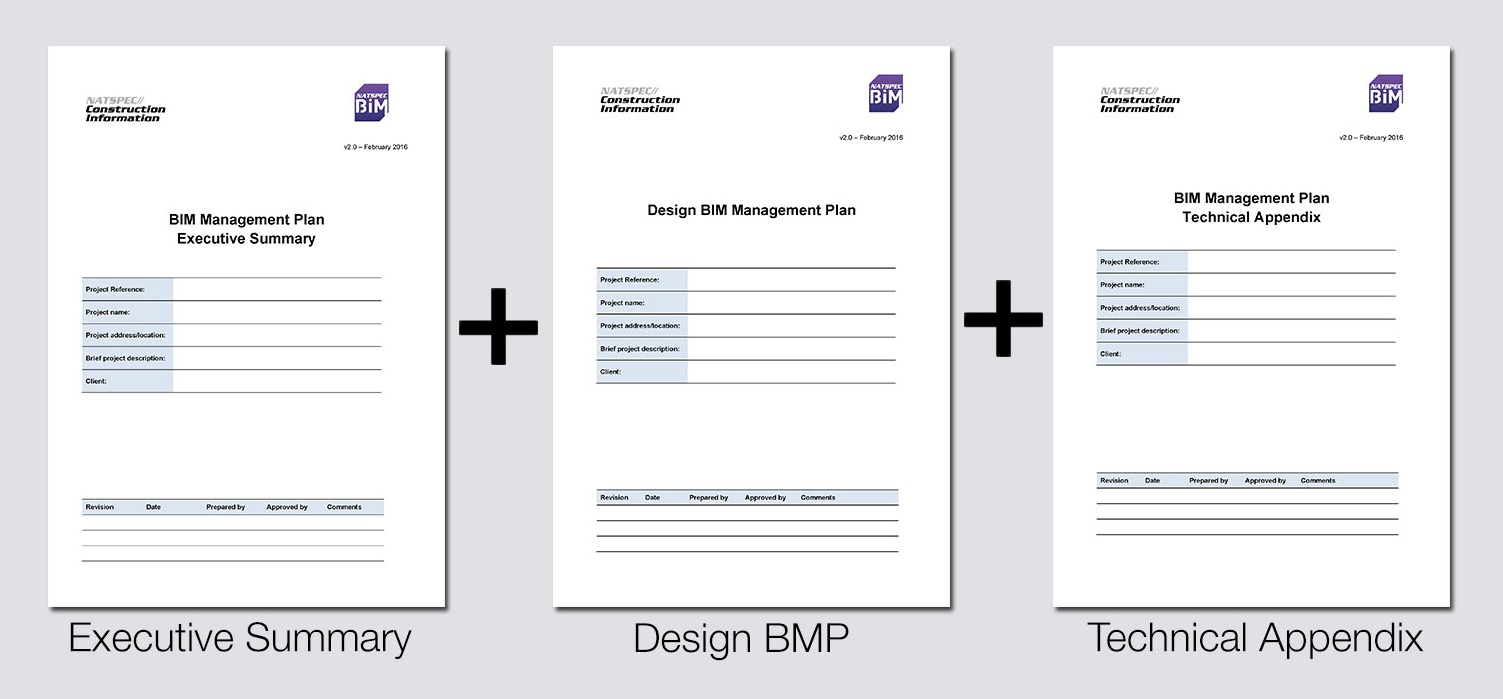
Ideally, you want to have a very thorough template so you don't need to do this, but sometimes, to create this template (at least your first Revit template) you might want to use this process to import families, and other standards to it from projects you worked on to later polish them in the template file.

etc every time we need to create a project based on one of our templates we need to do something like creating work-set and link files.etc, I was thinking to use Autodesk forge design automation in order to achieve an automated result. It is no doubt a much better way than copying and pasting elements. I am working in an engineering company and we deal a lot with Revit templates such as Structure and MEP architecture. The operation must be done being on a view of the project you want to import to. you need to have both projects open, the one you want import from and the one you want to import to.

Once you've clicked this you will get the menu where you can choose which element do you really want to import and from which project (in case you have ore than one project open). After data has been added to the new project, there is no way to reload the project template to reset a project gone wrong. If you need to use certain information from a project in another (family types, annotation symbols, building types, materials.) you can do so by simply going to the Manage Tab of the Ribbon, and then choosing the "Transfer Project Standards" button (see below). My understanding of the Revit project template, as opposed to the view templates, is that you get one chance to use it: when you open a new project and you get the prompt to load the template file.

Revit allows to transfer information from one project to another.


 0 kommentar(er)
0 kommentar(er)
